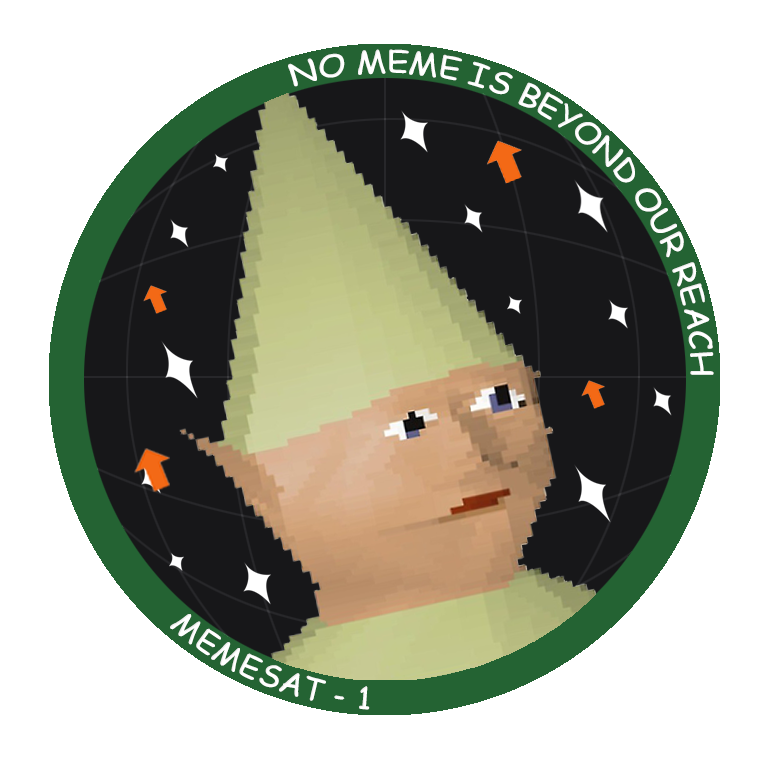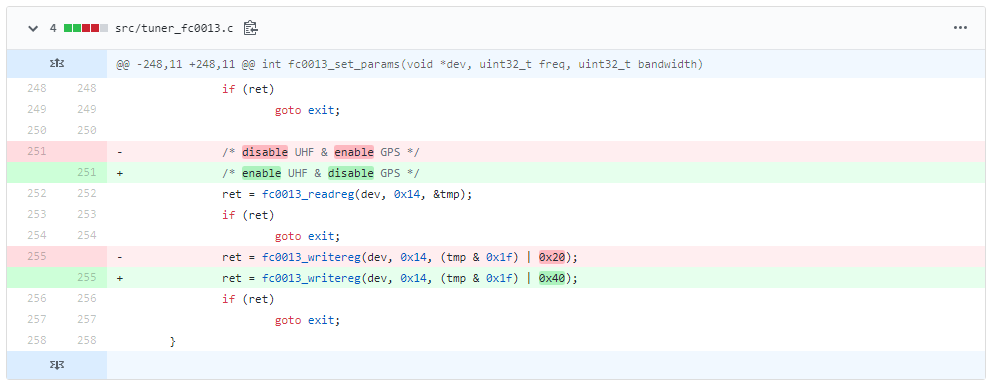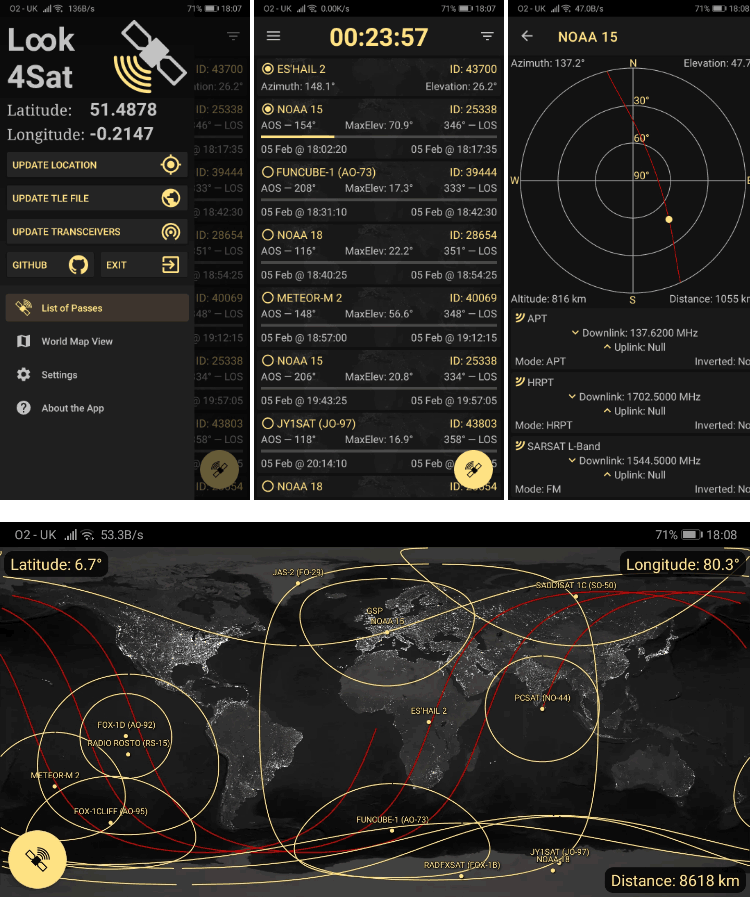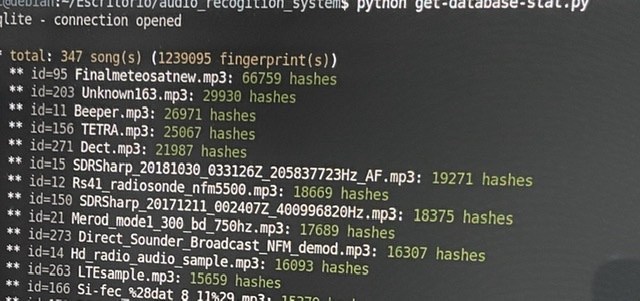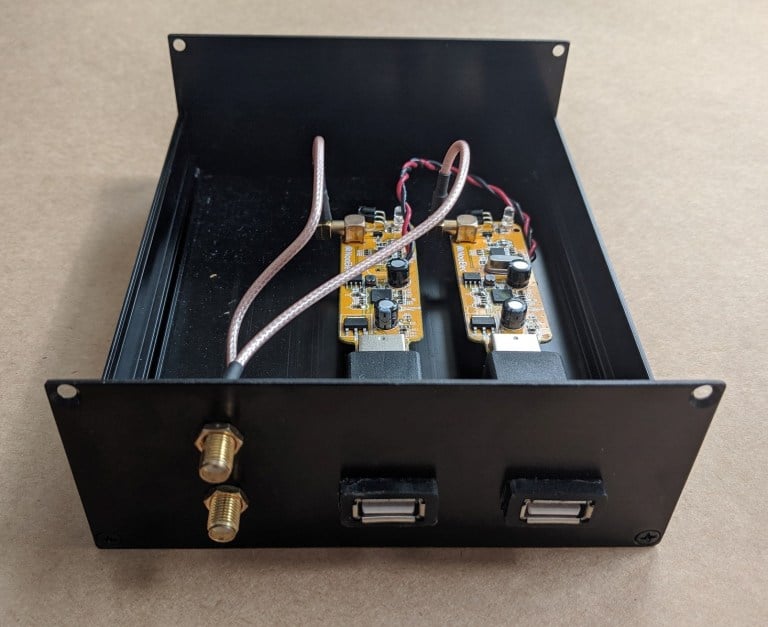KerberosSDR: Tracking Aircraft on a Map via Passive Radar and Beamforming Only (Future Code Demonstration)
If you've been following KerberosSDR development (our US$149 4 channel coherent RTL-SDR), then you'll know that one interesting experiment that you can set up with it is a passive radar. Passive radar makes use of already exiting strong transmitters that broadcast signals such as FM, DAB and HDTV.
With one directional antenna pointing towards the transmitter, and one pointing in the general direction of moving objects like aircraft, it's possible to detect the transmitted signal being reflected off the aircraft's body.From the time delay and doppler shift detected in the reflected signal, a simple distance/speed plot showing the aircraft in motion can be created. This previous post shows an example of what information you could potentially collect in a range/speed graph over time. In the past we've also used passive radar to detect vehicles and measure how much traffic is in a neighbourhood.
However, with two antennas we can only get the detected object's range and distance information. If we use four antennas (one pointing towards the transmitter, and three pointing in the direction of objects), it is possible to use beam forming techniques combined to obtain an estimated map coordinate of the object. This is possible as we then we have distance information available from the passive radar algorithm, and bearing information available from the beam forming algorithm.
Tamas Peto who wrote our open source KerberosSDR code has been working on some new upcoming features for the KerberosSDR software, and beamformed direction finding of passive radar is one of them. We note that to be clear this software is not yet released, and we still expect there to be several months before it is ready. At the moment all data was processed manually offline after collecting data with a KerberosSDR as part of this early test.
The image below shows an example of a recent measurement made from an aircraft. The red tracks show the actual ADS-B GPS coordinates of the aircraft, and the black line indicates the positional data measured from a DAB signal reflecting off the aircraft body. The orange line to the east indicates the main lobe of the three beam formed directional antennas, and the lines to the west indicate transmit towers.
The measured trajectory is only about 1-2 km off the actual one. Tamas notes that the position offset may be because at the moment altitude is not measured yet.
If you're interested in more information, Tamas created a PowerPoint presentation which can be downloaded from our Google Drive.
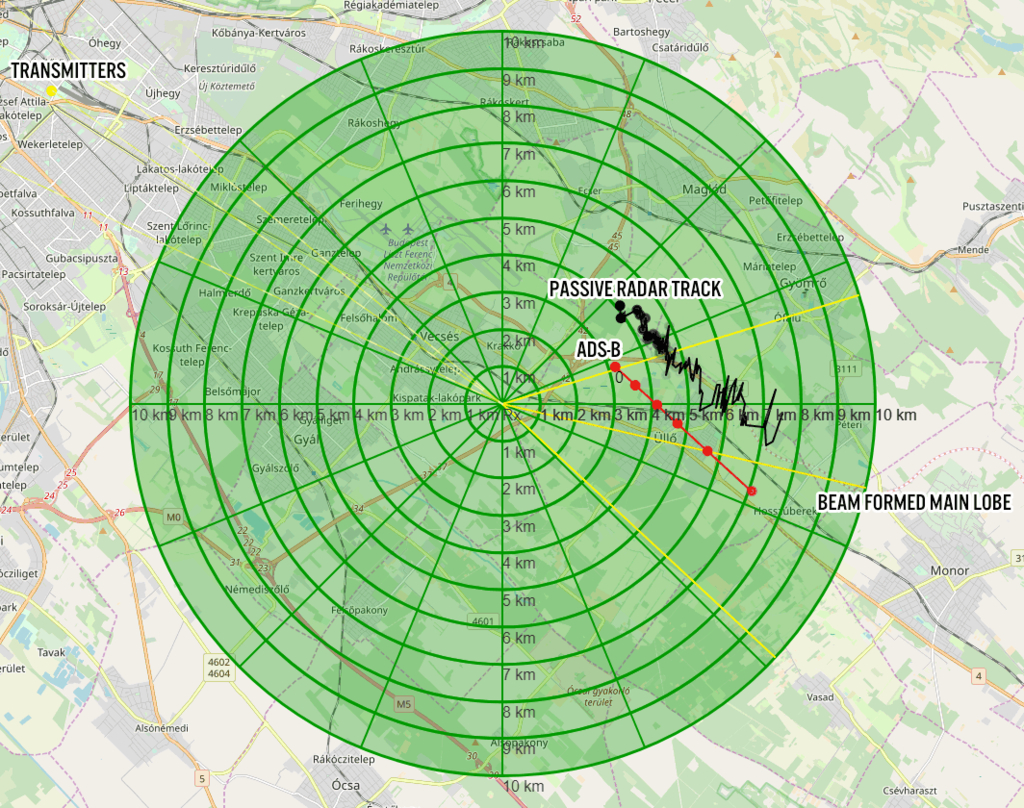
Other upcoming features that are planned for the KebrerosSDR code include being able to use direction finding on short bursty signals, improvements to networked direction finding and beamforming which may be useful for applications like radio astronomy and performance improvements.
KerberosSDR can be purchased from the Othernet store or Hacker Warehouse, and every purchase helps us fund development of more interesting features like passive radar beamforming!
